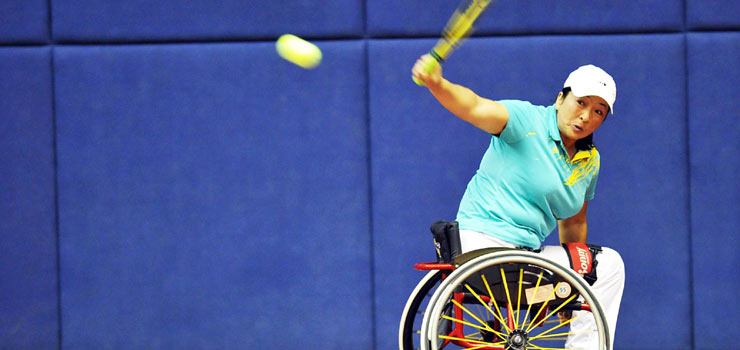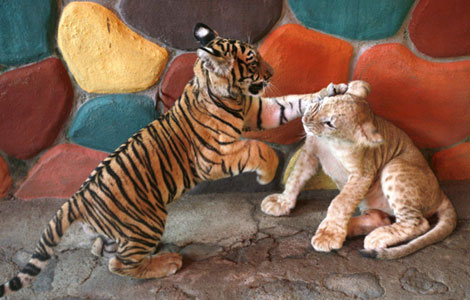Bad Boy Architects & China's New Face
Updated: 2011-10-16 07:44
By Liu Yujie (China Daily)
|
|||||||||||
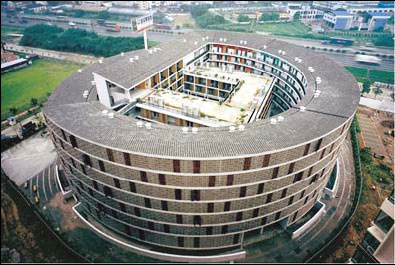 |
|
Traditional architecture such as the "earth towers" of the Hakka people in Fujian province has inspired this residential complex in Guangzhou. Provided to China Daily |
That is why they come to China, Peng says, a country that is currently open to almost anyone who can contribute "landmark buildings" in whatever forms.
The architects are not solely to blame. More often than not, they are expected to deliver constructions whose only condition is to stand out from the crowd.
A recent plan for a new venue of China's National Museum of Fine Arts, "the world's largest art museum", is the latest target for debate. It will be located near the National Stadium in Beijing's Olympic Park and there are already worries that it may turn out to be another pair of "giant underpants", the nickname for the asymmetrical twin legs of the CCTV Tower in heart of the Chaoyang district.
The desire for the new and eye-catching may be the result of historical baggage.
"China's architectural style was greatly influenced by the Soviet Union for a long time, when the pursuit for charismatic individual design was curbed. It has now led to an outburst of fancy for the avant-garde, chic and novel, a desire made possible by the wealth accumulated during more than 20 years of economic reforms and opening up," says Wu Liangyong, a senior architect and a member of the Chinese Academy of Sciences and Chinese Academy of Engineering.
The desire to be different can lead to some odd experiments in the neighborhood. For instance, Jingya Restaurant, a 12-storey building a few blocks from the Forbidden City has a facade that is supposed to reflect the "awesome power of the ocean".
Raimund Abraham, the late American architect behind the design, once told Chinese media that the owner told him to build the most "impressive" landmark in the capital.
He did it. But did it please everyone?
At least 9 out of 10 residents we asked recounted their initial horror of the facade of the restaurant, and most still found it difficult to like it.
"It just looks so weird, so out of place with the surroundings. I can't even say it is beautiful or ugly," says Zhang Jie, a lady in her 40s who lives across the road.
Perhaps it is time to draw back and look at the landscape more objectively. What kind of architectural achievements are we looking at that best suit China's rapid urbanization?
Many domestic architects finger two landmark buildings as antithesis of the case in point: One is the Jin Mao Tower in Shanghai and the other is the CCTV Tower in Beijing's CBD. These two landmarks represent the best and worst in blending East with West, ancient and modern, and form and function.
Designed by SOM architects from Chicago, the Jin Mao skyscraper imitates an elegant Suzhou ancient tower and is highly functional at the same time, a fact lauded by experts and appreciated by Shanghai residents.
In contrast, design critics say the new CCTV building by Dutch master Rem Koolhaas has "humiliated the Chinese" by its irreverent resemblance to a pair of boxer shorts, and its exorbitant price tag of five billion yuan ($783.80 million).
"China is not so rich that we do not need to count the cost. We need real and practical solutions," says Wu. "I hope none of my students will ever propose such irresponsible designs for a developing country."
Some Chinese architects have heeded the clarion call to rediscover traditional architecture influences.
Liu Xiaodu of Urbanus Architects created an urban tulou (earth fortress) in Guangzhou, modeled after the circular fortified structures built by the Hakka people in Yongding, in neighboring Fujian province.
Hot Topics
Libya conflict, Gaddafi, Oil spill, Palace Museum scandal, Inflation, Japan's new PM, Trapped miners, Mooncake tax, Weekly photos, Hurricane Irene
Editor's Picks
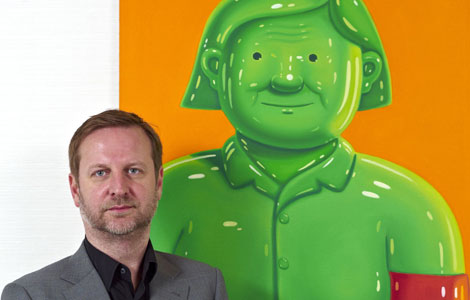
|
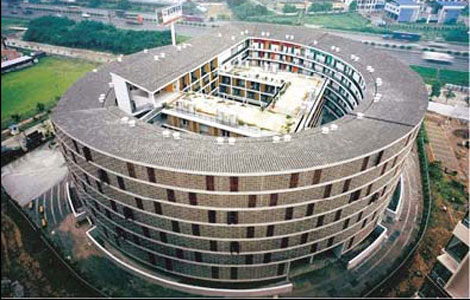
|

|
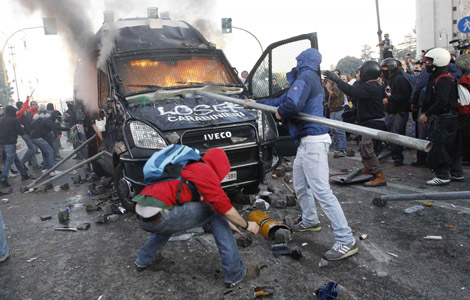
|
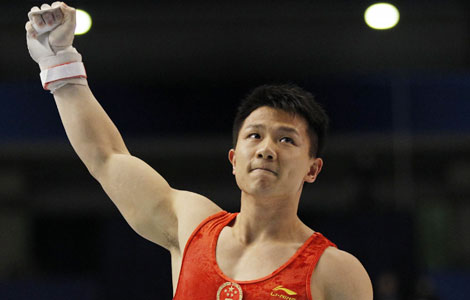
|
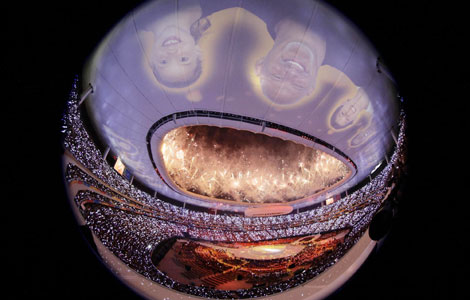
|


